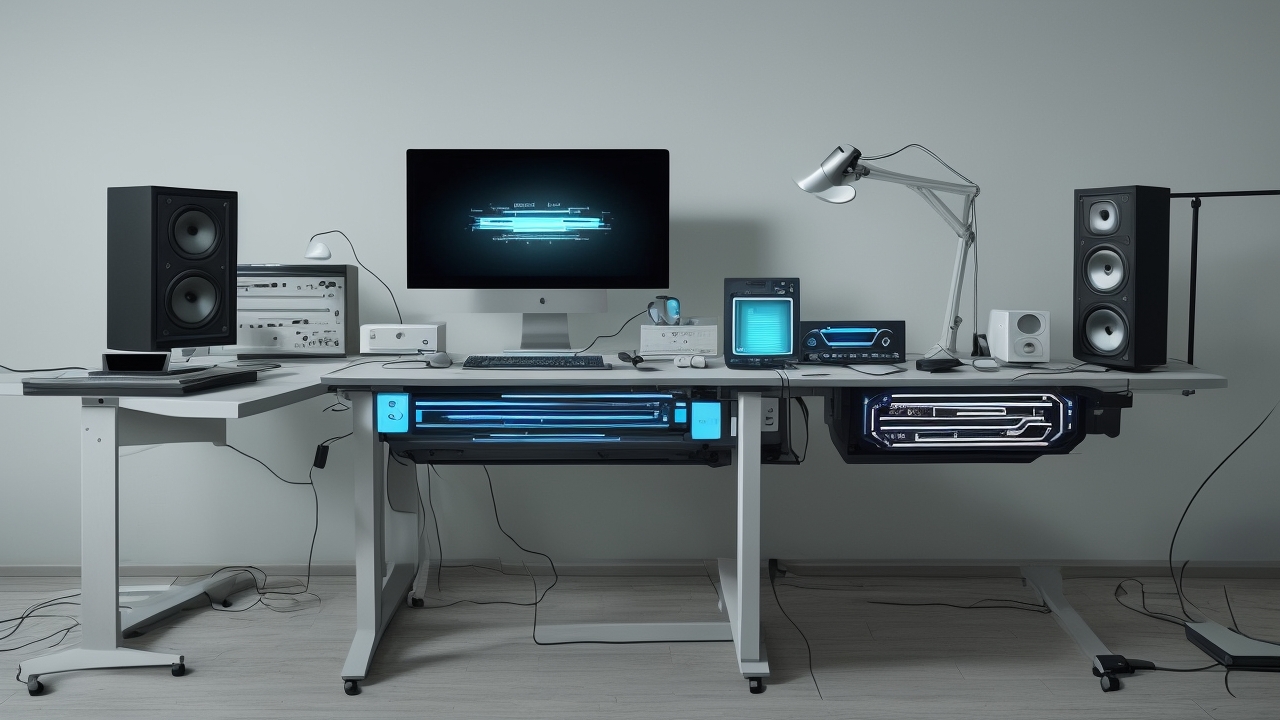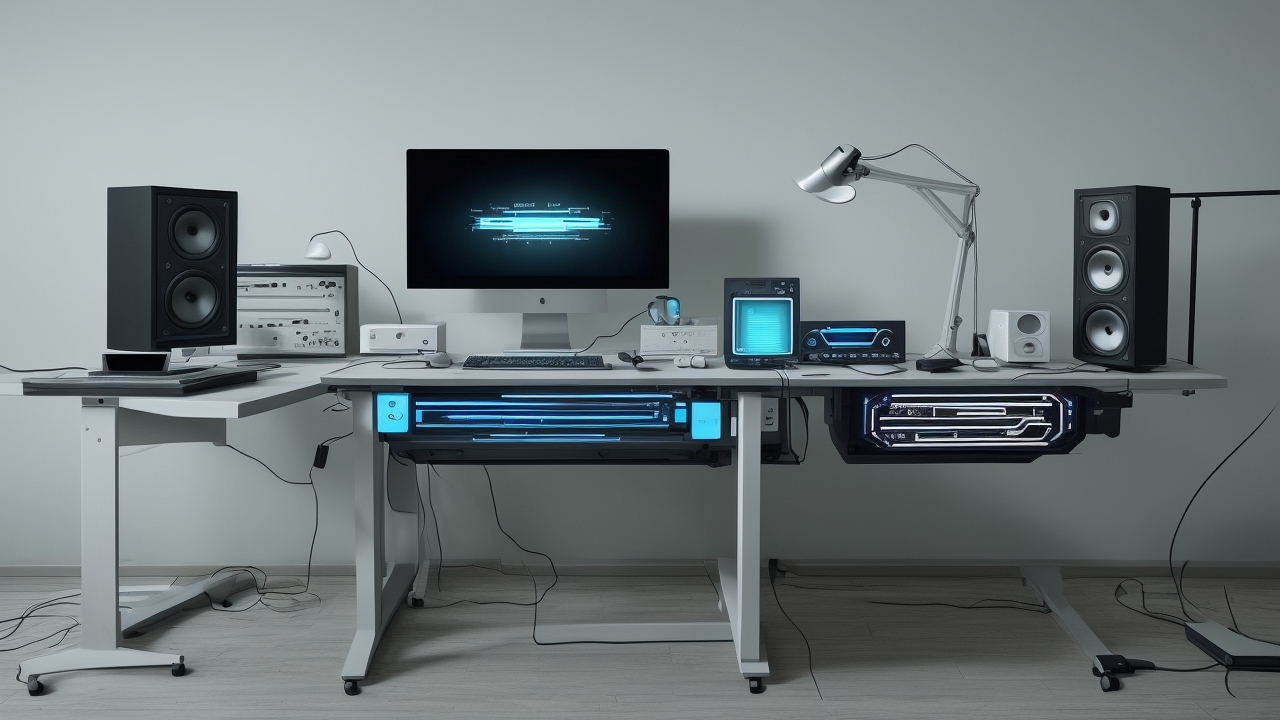ai voice clone free what you need to know
Voice cloning technology is reshaping the way we create and manipulate audio content by enabling users to generate synthetic voices that closely mimic real human speech. This blog delves into the fundamentals of voice cloning, explaining how it functions through sophisticated machine learning models that analyze voice samples to replicate human speech patterns accurately. Additionally, it explores various free tools available for voice cloning, offering insights into their features, technical requirements, and practical applications. The blog also addresses best practices for maximizing output quality and highlights essential ethical considerations, such as consent and privacy, making it a critical read for anyone interested in the potentials and responsibilities tied to the use of voice cloning.
Voice Cloning Basics
Voice cloning technology has transformed how we create and manipulate audio content. This innovative approach allows anyone to generate synthetic voices that sound remarkably similar to real human speech. The technology analyzes voice patterns, intonation, and speech characteristics to produce natural-sounding replications.
The advancement of artificial intelligence has made voice cloning accessible to everyone. What once required expensive studio equipment now only needs a computer and the right software. This democratization opens up possibilities for content creators, educators, and businesses.
The evolution of voice synthesis
Early voice synthesis sounded robotic and unnatural. Modern voice cloning produces results that can be nearly indistinguishable from human speech. This improvement comes from deep learning algorithms that process vast amounts of voice data to understand the nuances of human speech.
How AI Voice Cloning Works
Voice cloning relies on sophisticated machine learning models. These systems analyze voice samples to understand pitch, tempo, and emotional expression. The process involves several key steps:
- Voice data collection
- Analysis of speech patterns
- Neural network training
- Voice synthesis generation
The quality of the output depends on factors like sample quality, processing power, and algorithm sophistication. Modern systems can produce convincing results with just minutes of sample audio.
Technical requirements
Most voice cloning tools run on standard computers. The basic requirements include:
- A decent microphone
- Stable internet connection
- Computer with moderate processing power
- Clean audio samples
Free Voice Cloning Tools
Several platforms offer free voice cloning capabilities. These tools provide different features and quality levels:
Online platforms
Web-based solutions make voice cloning accessible without software installation. They often include basic editing features and quick processing times.
Open-source options
Community-driven projects provide free alternatives with advanced features. These require more technical knowledge but offer greater control over the process.
Best Practices and Tips
Success with voice cloning requires attention to detail. Focus on recording quality and proper audio preparation. Consider room acoustics and background noise when capturing samples.
Testing different tools helps find the best fit for specific needs. Start with short phrases before attempting longer content. Monitor output quality and adjust settings as needed.
Ethical Considerations
Voice cloning raises important ethical questions. Responsible implementation requires clear consent and transparent usage. Consider privacy implications and potential misuse scenarios.
Establishing guidelines for voice clone usage helps prevent abuse. Clear communication about synthetic voice usage maintains trust and authenticity.
FAQs About Voice Cloning
What makes voice cloning different from text-to-speech?
Voice cloning creates personalized synthetic voices based on real voice samples, while text-to-speech uses pre-made generic voices. The technology analyzes specific voice characteristics to produce more natural and personalized results.
How much voice data is needed for good results?
Most modern voice cloning systems can produce decent results with 3-5 minutes of clean audio. Higher quality outputs might require more data, but the technology continues to improve with smaller sample requirements.
Is voice cloning legal and safe to use?
Voice cloning is legal when used with proper consent and for legitimate purposes. Safety depends on implementation and usage context. Always verify terms of service and obtain necessary permissions before cloning someone’s voice.


